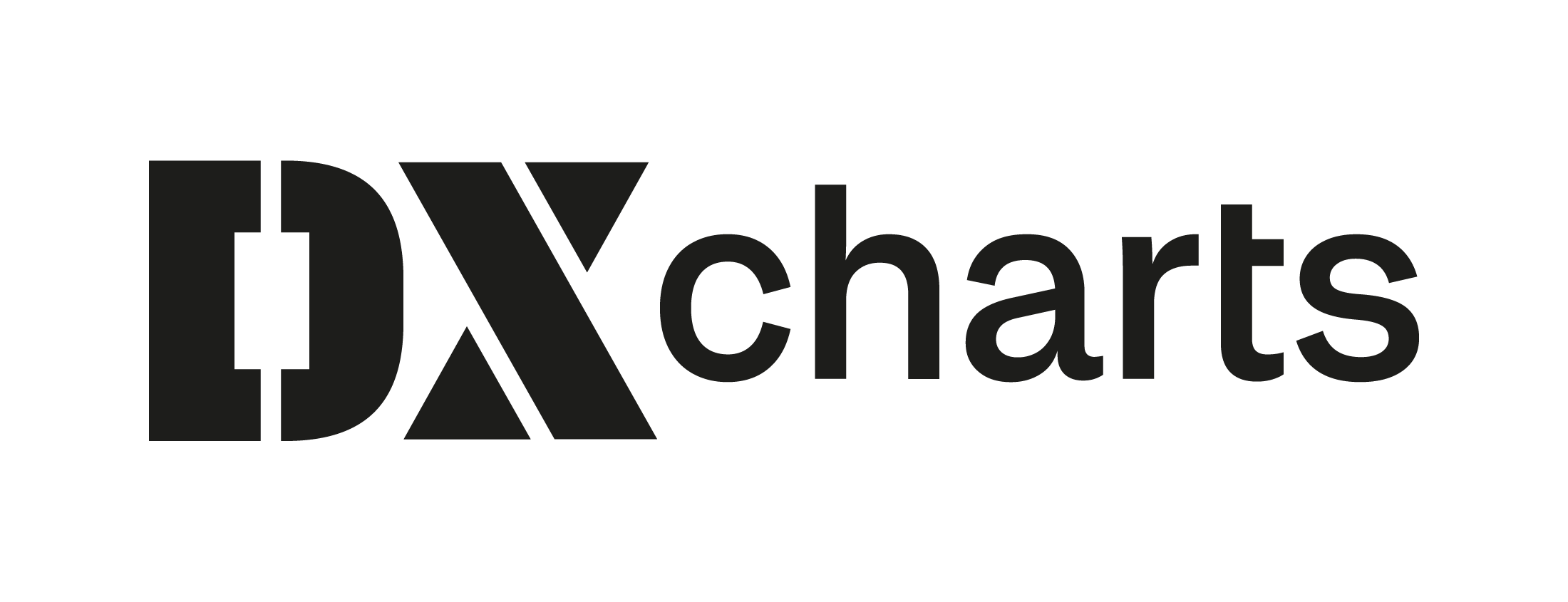Aggregation period
- DarkLight
Aggregation period
- DarkLight
Article summary
Did you find this summary helpful?
Thank you for your feedback!
Overview
DXcharts provides fully flexible aggregation periods: you can either use the predefined ones or set your own custom aggregations (i.e. the time period corresponding to 1 bar on the chart). For example, in a custom aggregation you can set 5 ticks, 3 minutes, 9 hours, 11 weeks, 2 year aggregations, and so on – each of these will define how much data will be aggregated for a single bar. Both default and custom aggregation periods are available on the Toolbar.
(1).png) Aggregation period
Aggregation periodThe following aggregations can be used for creating custom periods:
- Tick. The amount of data aggregated in 1 bar is limited by the specified number of ticks.
- Range. Price-based aggregation where 1 bar is an aggregation of all trades between price A and price B. Used only in the Bar chart type.
- Minute. The amount of data aggregated in 1 bar is limited by specified number of minutes.
- Hour. The amount of data aggregated in 1 bar is limited by specified number of hours.
- Day. The amount of data aggregated in 1 bar is limited by specified number of days.
- Week. The amount of data aggregated in 1 bar is limited by specified number of weeks.
- Month. The amount of data aggregated in 1 bar is limited by specified number of months.
- Year. The amount of data aggregated in 1 bar is limited by specified number of years.
How to create a custom aggregation period
- On the Toolbar, cilck the icon
.png) that displays the current aggregation period.
that displays the current aggregation period. - At the bottom of the timeframe list, click Custom.
- Type in an aggregation period in the following format: [number from 1 to 9999] tick/range/min/hour/day/week/month/year, e.g. 3 hours, 5 ranges, 4 days.
- Click
.png) or press Enter.
or press Enter.
Note: To create an aggregation period with custom aggregation and date range, see Date and time presets
How to delete an aggregation period
- On the Toolbar, click the icon
.png) that displays the current aggregation period: the list of available aggregations appears.
that displays the current aggregation period: the list of available aggregations appears. - Point to any period on the list.
- Click
.png) on the right of the period name.
on the right of the period name.
Was this article helpful?


(25).webp)